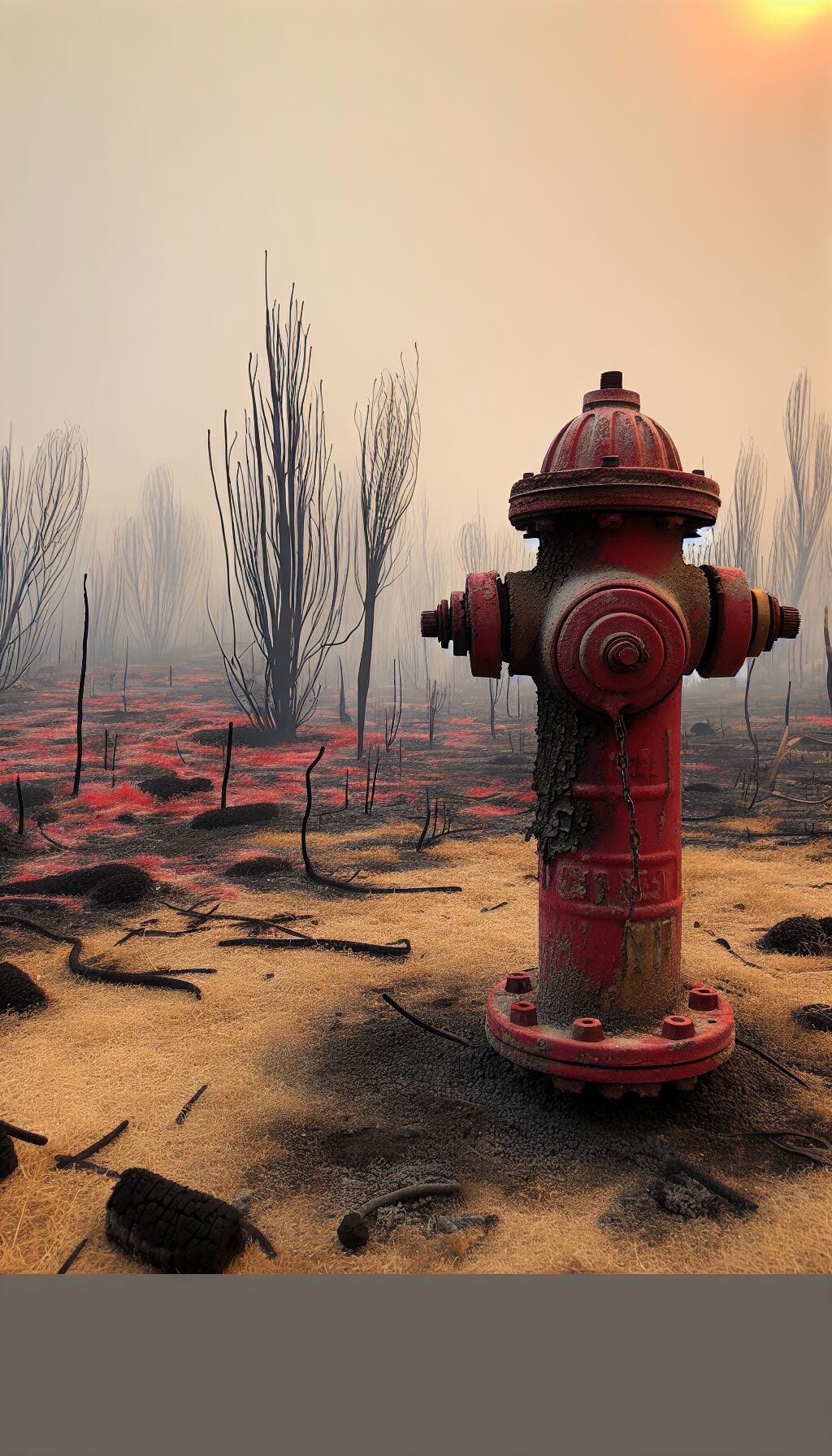Water Crisis Amid Power Shutoffs in Los Angeles
Recent wildfires in Los Angeles County have underscored a serious problem: a lack of preparedness for power outages that led to a critical water shortage for firefighting efforts. With the region grappling with an aerial firestorm, the municipal utility, the Los Angeles Department of Water and Power (LADWP), has come under scrutiny for its response during the intentional power shutoff that was meant to prevent further fire spread.
Power Shutoff and Water Shortage: A Blame Game
The issue gained national attention when President Biden attributed the scarcity of water in fire hydrants to the recent power outage. Some Republicans, including President-elect Trump, have pointed fingers at Democratic officials for contributing to the water crisis. This blame game intensified as wildfires worsened throughout the region.
“What I know from talking to the governor, there are concerns out there that there’s also been a water shortage,” Biden remarked during a press briefing. “The fact is the utilities understandably shut off power because they were worried the lines carrying energy were going to be blown down, sparking more fires. When it did that, it cut off the ability to generate pumping for the water — that’s what caused the lack of water in these hydrants.”
In response to the energy shutoffs, Biden confirmed that generators were being rapidly deployed to restore power to water pumps, thereby alleviating the problem.
LADWP’s Lacking Safety Protocol
However, a report from The Wall Street Journal highlighted a significant gap in LADWP’s strategy. It identified the utility as the only major electricity provider in California that does not have a Public Safety Power Shutoff (PSPS) protocol to manage power outages proactively during hazardous weather conditions. This protocol is crucial for balancing public safety with maintaining essential services.
Other utility companies in California have operationalized these shutdown procedures to safeguard against fire hazards while ensuring that critical services like water supply remain uninterrupted. “Being prepared for a power shutoff takes careful planning,” explained the California Water Service on their site. They emphasized the importance of collaboration with local fire agencies to enhance community safety.
Comparing Responses from Utility Providers
In stark contrast to LADWP’s approach, California Water Service has implemented various measures to prevent service disruptions during such emergencies. The company has invested in installing permanent generators and training staff on emergency responses specifically designed for occasions when public safety power shutoffs occur.
Michael Wara, a renowned lawyer from Stanford University who studies wildfire mitigation strategies, noted, “There’s no need to make any trade-off between reliability and safety.” His comment points towards a clearer need for utilities to adopt robust strategies to ensure that essential services are not compromised during emergencies.
Experts like Edward Ring of the California Policy Center argue that technical solutions exist to keep power flowing to crucial infrastructure. He suggested that either undergrounding power lines or establishing parallel systems for essential services could effectively prevent future water shortages when power outages occur.
LADWP’s Justification and the Urban Environment
In its defense, LADWP stated that their protocols differ from those of other utility companies in California due to Los Angeles’s unique urban landscape. A LADWP spokesperson mentioned that the department has worked closely with the Los Angeles Fire Department to develop an emergency protocol to mitigate fire risks while maintaining necessary operations.
However, concerns linger as LADWP has publicly declared that it would not preemptively shut off power in advance of high-wind events, raising questions about their preparedness in the face of emergencies.
Concerns Raised by Former Firefighters
Voicing further concerns, former Los Angeles firefighter John Knox expressed shock at the reports of dry fire hydrants. He pointed out that historical practices, such as annual hydrant testing, had lapsed, potentially exposing serious flaws in water supply readiness for emergencies. “In my career, I’ve never seen us have… every once in a while, you might have a dry hydrant, but we do annual testing in January where we test all the fire hydrants, and that didn’t happen this year,” Knox stated.
He further highlighted that significant infrastructure, including large reservoirs, are designated for fire safety. However, maintenance issues reportedly impacted operational capacity during the peak fire season. “There’s a lot of issues and a lot of things that need to be asked by the people to get answers from these so-called leaders,” Knox observed, reflecting wider public sentiment regarding accountability in utility management.
Conclusion: A Call for Accountability and Change
As wildfires continue to wreak havoc across California, the need for improved safety protocols and infrastructure resilience in municipal utilities like LADWP has become all too evident. The juxtaposition of differing utility responses paints a concerning picture of preparedness and responsibility in emergencies. Heightened accountability measures and systematic changes are critical if residents are to feel secure in their water and fire safety amidst these growing environmental challenges.












